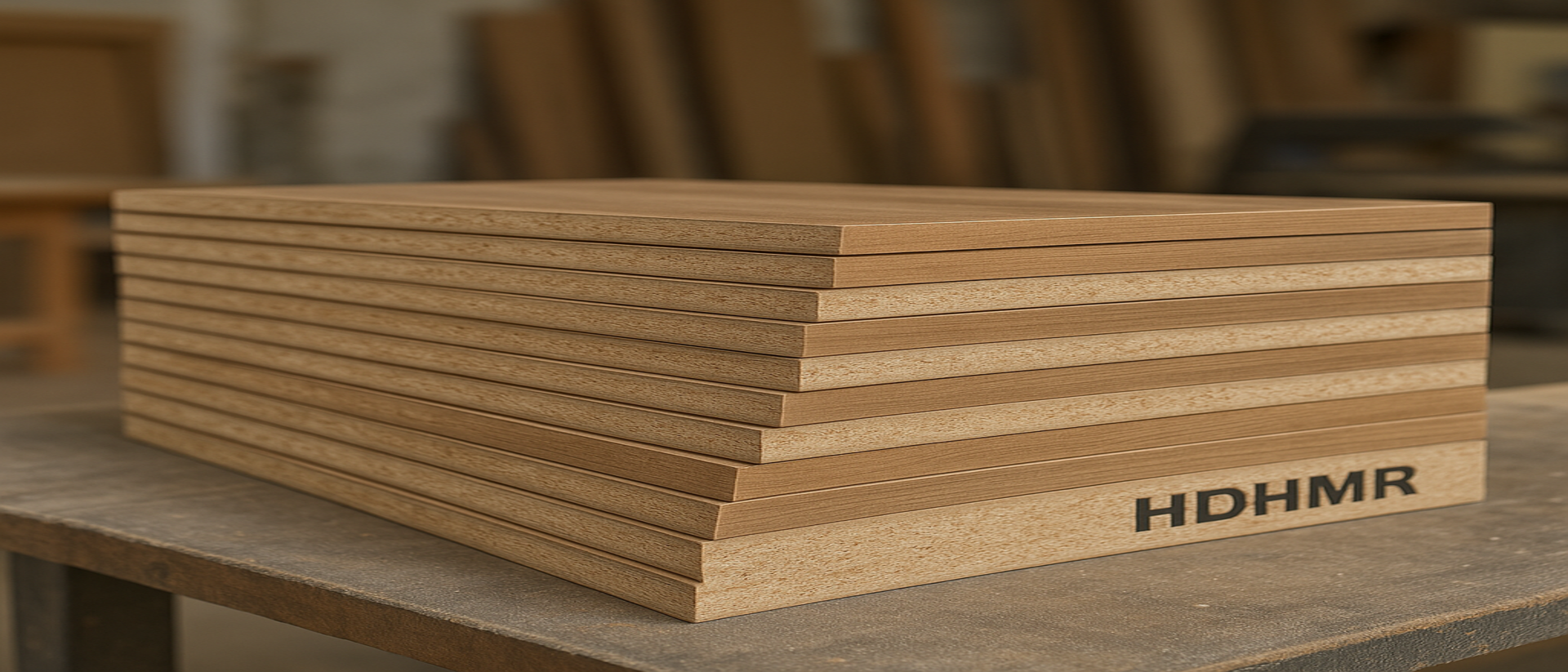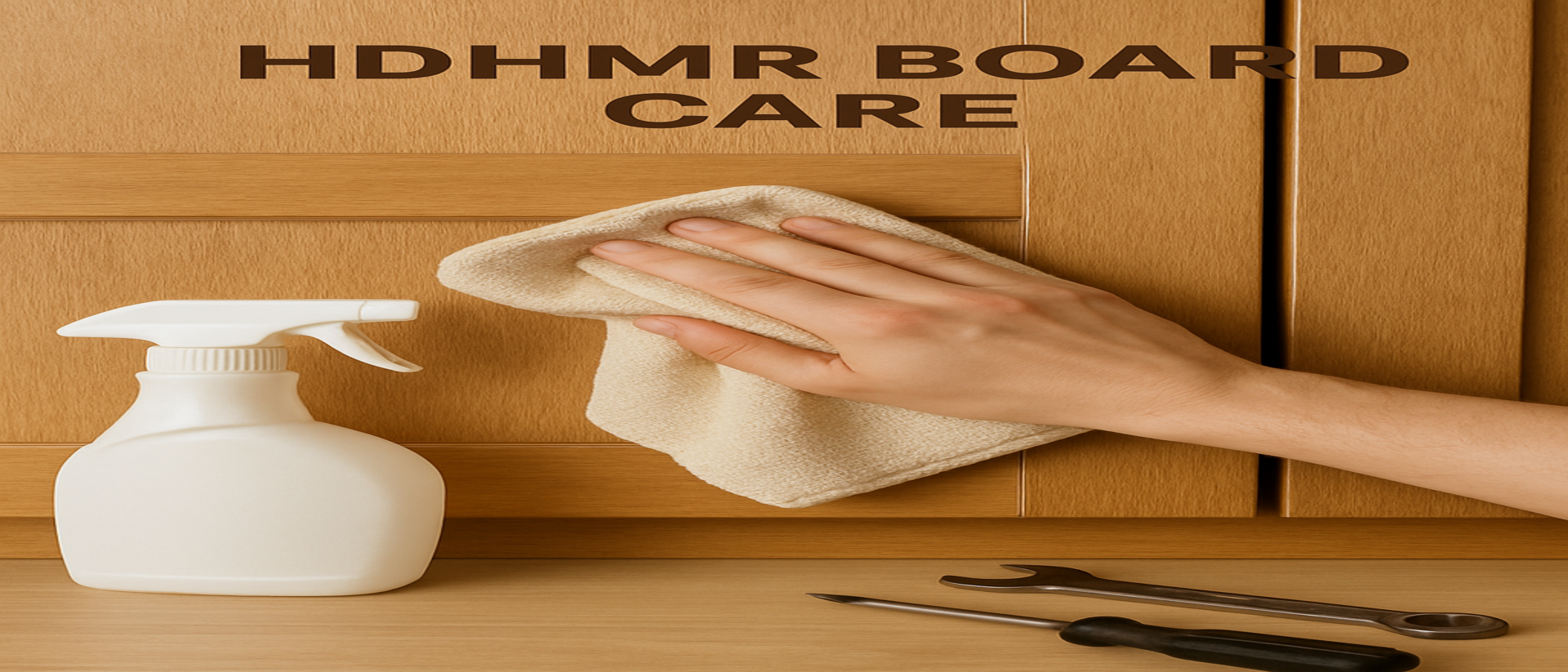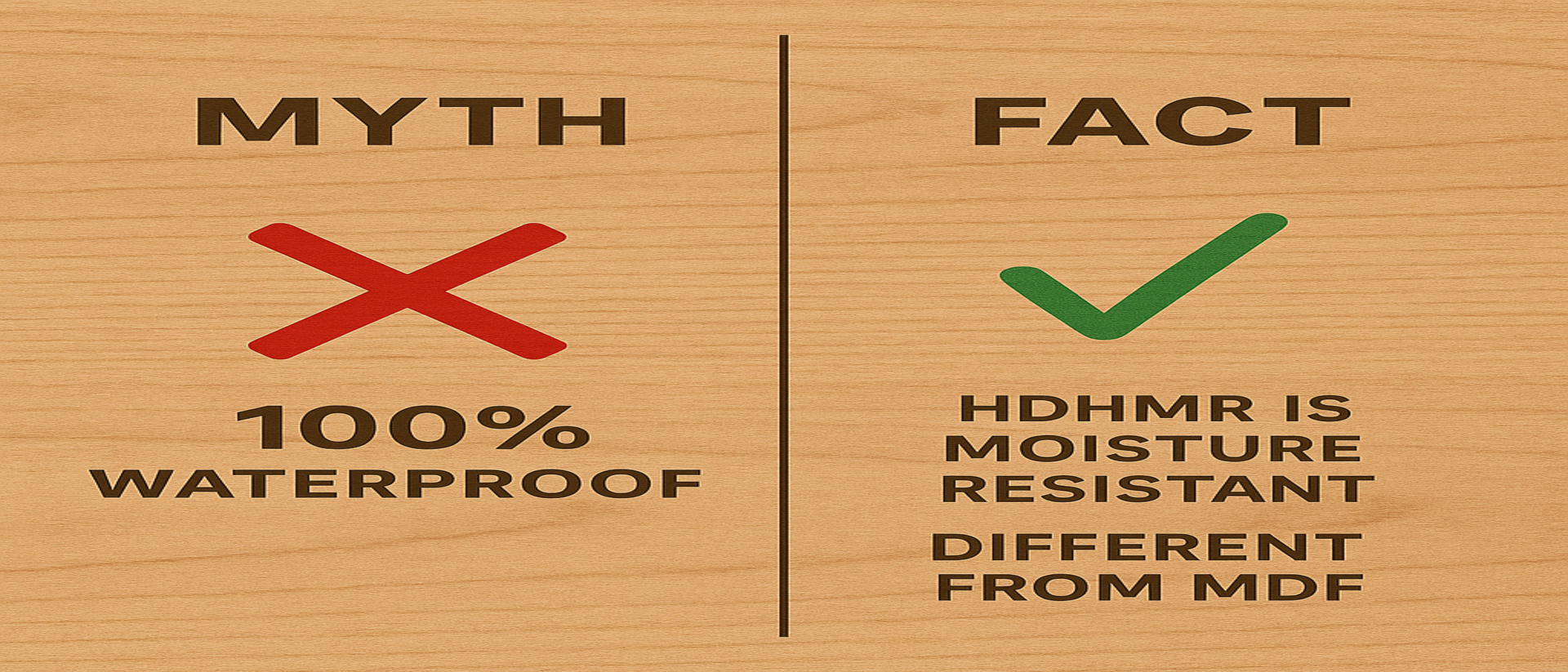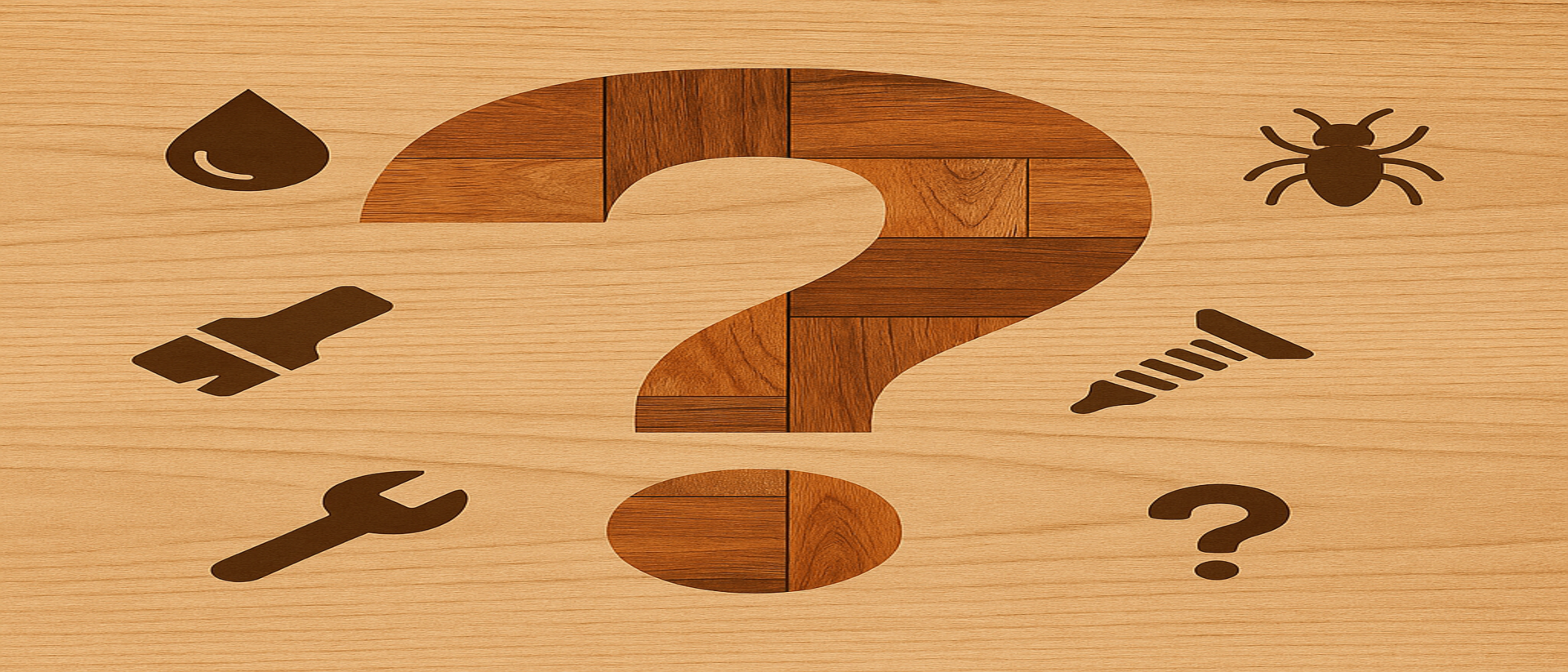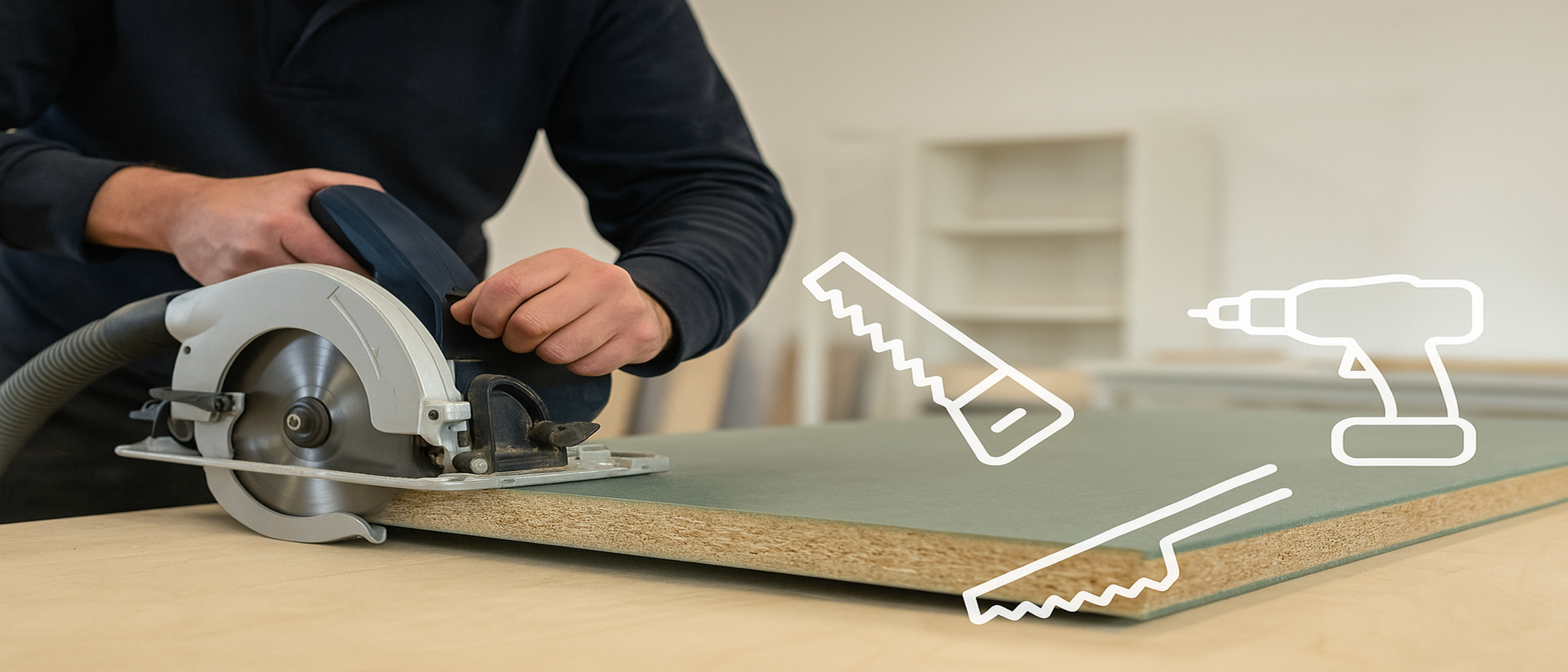What Does HDHMR Stand For?
HDHMR is an abbreviation for High Density High Moisture Resistant. In other words, an HDHMR board is a type of high-density engineered wood designed to resist moisture. The term “HDHMR” itself highlights the key qualities of these boards: their high density and their ability to withstand moisture. This acronym is sometimes used interchangeably with similar terms like HDMR or HDF-HMR, but all essentially refer to the same kind of product – a robust, moisture-resistant engineered fiberboard.
Being “high density” means the board is made under great pressure, resulting in a very compact and strong material. And “high moisture resistant” indicates that the board can endure humid conditions or occasional water exposure much better than normal wood or standard MDF. The full form of HDHMR encapsulates its core benefit: it’s engineered to be tough and moisture-tolerant, which is a big reason it’s becoming popular in interior applications. According to industry sources, HDHMR boards were developed as a superior alternative to conventional plywood and MDF for use in areas prone to dampness.
Technical Definition of HDHMR Board
Technically, an HDHMR board is a variety of high-density fiberboard (HDF) enhanced with special resins to improve moisture resistance. Manufacturers produce HDHMR by compressing hardwood fibers or wood waste particles with adhesive binders under high heat and pressure. The result is a dense fiberboard similar to standard HDF, but with added water-repellent characteristics. In simple terms, you can think of HDHMR as an advanced form of MDF/HDF that doesn’t swell or deform as easily when exposed to humidity.
From a materials science perspective, HDHMR belongs to the family of engineered wood boards. It’s composed of fine wood fiber (often derived from agricultural or forest waste) that is bonded with synthetic resins. During manufacturing, water-resistant glue or resin is used so that the finished board has a low water absorption rate. This gives HDHMR boards a technical edge: they do not soak up moisture like normal particle boards. For example, the adhesive in HDHMR creates a barrier that prevents water from seeping in quickly, so the board won’t warp or delaminate easily in humid conditions. Additionally, the high-pressure compression eliminates air gaps and weak pockets in the material, yielding a uniform, compact board with excellent strength.
In terms of density, HDHMR boards typically have a density of around 800–850 kg/m³, substantially higher than standard plywood (which can range ~600–700 kg/m³). This high density is what gives HDHMR its impressive durability and screw-holding power. Screws and fasteners bite firmly into an HDHMR board without loosening, thanks to the board’s solid core structure. Technically, HDHMR meets or exceeds the performance standards of many traditional plywoods in internal tests, and it often comes with manufacturer warranties due to its engineered consistency.
HDHMR in Interior Design: Why It Matters
In interior design and carpentry, material choice is crucial. HDHMR boards have gained traction among designers and homeowners because they solve several problems associated with natural wood and even other engineered woods. The technical qualities of HDHMR translate into practical benefits for interior applications:
- Moisture Resistance: HDHMR’s defining feature is its ability to handle humid environments. In a country like India with challenging climate (or any region with humid weather), interiors can suffer from swelling or fungal issues if inferior boards are used. HDHMR’s moisture tolerance makes it ideal for kitchen cabinets, bathroom vanities, or anywhere exposure to water vapor is high. For instance, if you use HDHMR for a bathroom cabinet, it’s far less likely to warp or rot over time compared to normal plywood. One source notes that HDHMR sheets are “ideal for kitchens and other spaces exposed to high moisture content”.
- High Strength and Durability: Because of its high density and uniform composition, HDHMR can bear loads and resist impacts well. Shelves made of HDHMR can hold heavy items without sagging, and furniture made from it tends to be long-lasting. This strength is why it’s sometimes marketed as “superior plywood”, meaning it can replace plywood in many structural uses while offering additional perks. Carpenters find that HDHMR’s hardness and density give finished pieces a solid, premium feel.
- Smooth Finish: HDHMR boards have an excellent surface finish out of the factory. They’re free of natural wood grain irregularities, which means when you paint or laminate them, you get a very smooth, even result. The board’s fine fiber makeup accepts paints, laminates, or veneers uniformly. This is a big advantage in interior design because it ensures that cabinets and paneling look sleek. A designer can directly apply a decorative laminate or wood veneer on HDHMR without worrying about voids or rough patches beneath.
- Termite and Borer Resistance: HDHMR is often touted as being termite-resistant. During manufacturing, the elimination of certain sugars and starches (through high-pressure pressing and curing) means there’s less in the board to attract pests. Additionally, some HDHMR boards are treated with special chemicals or resins that deter termites. In practical terms, if your home is in an area prone to termite attacks, using HDHMR for wardrobes or kitchen modules can add an extra layer of protection. It’s not organic solid wood, so termites are less interested in it, and they find it harder to chew through the dense, resin-bound fibers.
In summary, HDHMR boards matter in interior design because they combine the best qualities of traditional plywood (strength, workability) with advanced resistance to moisture and pests. The technical meaning behind the name directly reflects real-world performance: an HDHMR board stays strong (high density) and stays intact in damp conditions (high moisture resistant). This reliability makes it a go-to material for modern interiors that prioritize longevity and low maintenance.
From kitchen cabinets that won’t swell in the monsoon, to bathroom vanities that remain solid, to wardrobes that stay termite-free – HDHMR is proving to be a game-changer in all these scenarios. In fact, many experts now recommend HDHMR for any indoor furniture or cabinetry where moisture or heavy usage is expected, noting that it’s “the best material for all indoor cabinetry and furniture” thanks to its robustness. If you’re planning an interior project, understanding the full form and technical properties of HDHMR helps you appreciate why this material has surged in popularity. It’s a modern solution born from engineering innovation, addressing the shortcomings of older wood products.
Disclaimer: This article is generated using AI-assisted research and is intended for informational purposes only. While we strive for accuracy, readers are advised to verify all technical, pricing, and brand-specific details with official sources. hdhmr.in is not liable for any decisions made based on this content.
